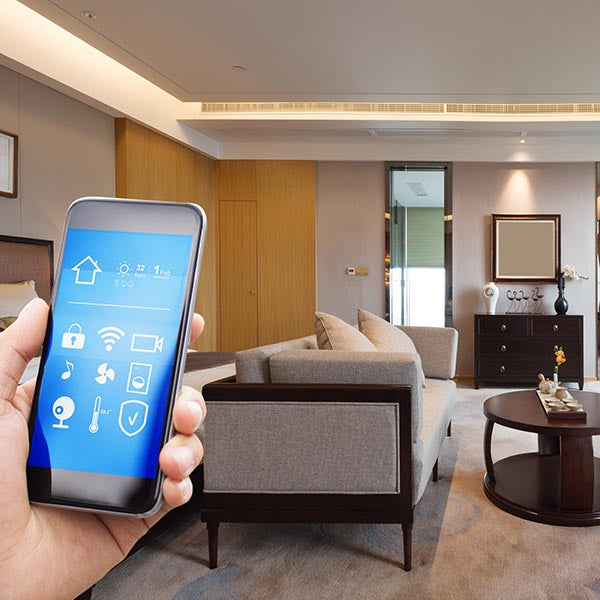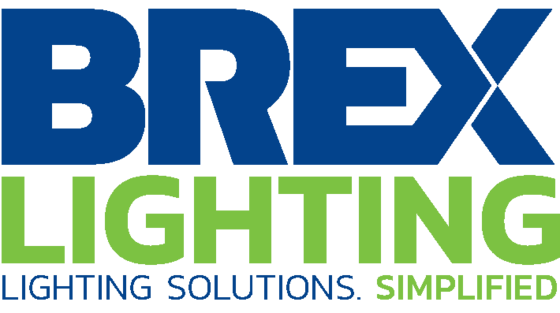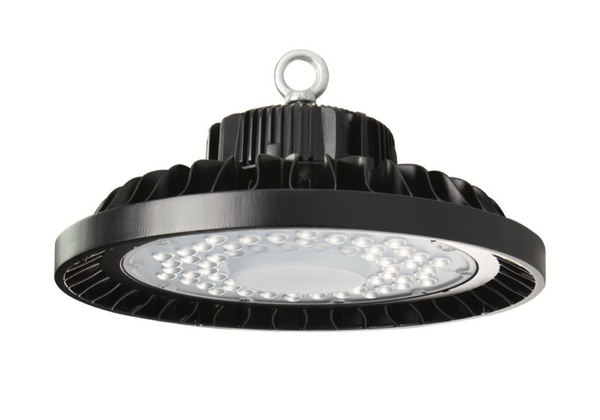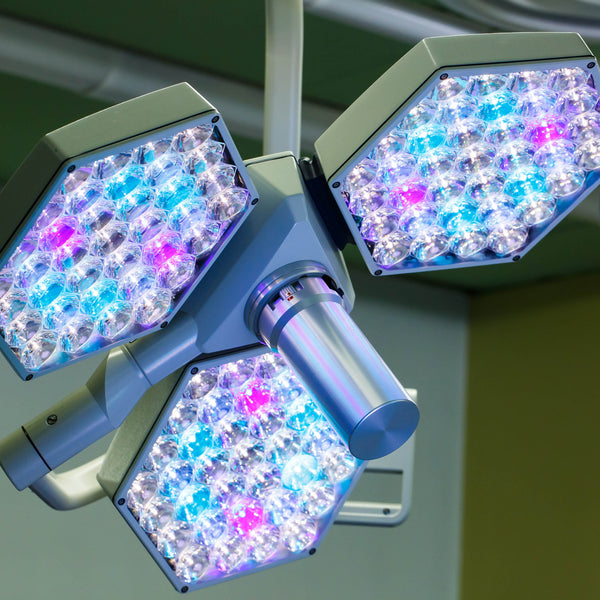Smart Lighting for New Homes

We are living in a smart age. Intelligence is being built into everything around us especially devices we own, to make our lives easier. Smartphones are everywhere and have changed the way we communicate. About a decade ago we wouldn’t have thought about the impact the non-assuming phone would have had on the human society.
It's not only our phones, our homes are also getting the “smart” tag, with a range of automation and convenience being built into it. One of the easiest and fastest catching on range of smart applications is smart lighting.
Smart lighting can increase the savings of already efficient LED lights many times over. Energy efficient fixtures, voice assistants like Alexa, Google home or Cortona, or programming a multitude of different wireless devices to turn lights on and off according to desired conditions can help you achieve a lot with smart lighting.
Smart Lighting for New Home Constructions:
New home constructions are embracing the rapid change in lighting technology and offering fixtures, wiring, and accessories. Smart lights also depend a lot on the homeowner’s taste, as there are a million ways it can be set up. There's an increasing trend in accessory manufacturers to join hands with lighting manufacturers and create compatible home automation systems.
Builders who are embracing smart lighting for new homes say fewer homeowners are complaining nowadays. The first-generation LED lights weren’t dependable, were expensive and their performance wasn’t up to par. Right now, LED lights adhere to strict national specifications and deliver much more.
LEDs are being used in a variety of applications in new homes, including light strips for under cabinet illumination, plug-in fixtures for variety and depth in a room, downlights or recessed spots overhead. Home designers also have the freedom to design new form factors without feeling constricted because of traditional bulb shapes.
Similar to the drop in LED prices, smart lighting systems are very affordable now and can fit any home. LED prices have dropped more than sevenfold since 1995. And it’s not just cool but loaded with conveniences like these:
-
Being able to switch lights on and off with your voice or
-
By tapping a button on the app on your phone
-
Creating customized lighting schemes for different areas in the house
-
Programming sensors so that you can have the lights come on when the surroundings go dark
- Remotely operate lights so that it deters burglars and intruders
- Change color of lights depending on the mood and environment
The possibilities are endless. Some new home builders are now offering lighting controls, smart dimmers and motion sensors which were not available in older homes. This much needed infrastructure is interpreted by voice command systems like virtual assistants via wireless internet.
Financial Benefits of Smart Lighting
The heart of Smart light systems are LED. They are well known for their energy efficiency and long life. In spite of the higher upfront costs, they more than makeup in the long run with non-existent maintenance and marathon life.
95% of the energy used to power LED lights, is converted into light, and the remaining 5% is wasted in heat. Wastage is significantly lower in LED than traditional lights. If all the lights at home, office or outdoors are LED; you could achieve significant savings in utility bills.
In addition LED lights can be easily recycled and don’t contain toxic materials making them environmentally friendly, while reducing greenhouse gas emissions.
Future potential of smart lighting
There is a lot of potential in LED lights as there’s a circuit that is attached to the source of light. This circuit can be programmed to provide a lot more functionality than just lights. Changing colors, lights doubling up as security cameras, remote speakers, as well as sensor systems, are some of the things that can be integrated into an LED.
-
Using them as wi-fi access points can reduce interference, increase range and eliminate the need of additional hardware for the internet infrastructure in a house or apartment
-
LED can be used as an indoor navigation tool in high traffic buildings like shopping malls, hospitals, and universities
- It could be used to monitor elderly in-home activity. In case of fluctuations in certain parameters and a rapid response team can be alerted
There are many such innovative ways in which an existing LED can be configured to add more value to the humble LED.



